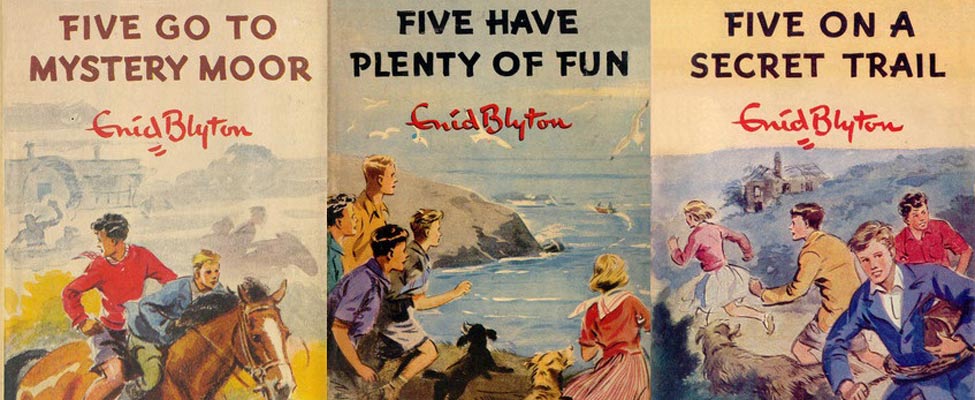First, the good news. By the age of twelve, I had read every instalment of the very popular Famous Five franchise, outwardly a story of five precocious youngsters and their magical adventures in far away lands. No, it did not turn me into a gypsy-hating, racist, male chauvinist. But why? Why would a beloved children's book turn you into such a monster, you ask? Read the Famous Five books again. This time, actually pay attention to the details.
Granted, the Famous Five books were not outwardly racist (like, say, the Adventures of Huckleberry Finn, notorious for using the N-word in every alternate sentence). But, the undertones are clear—apparent from the stereotyping of the 'dirty' gypsies and the 'unhygienic' circus people who more often than not emerge as the villain, the thief or the morally reprehensible supporting character. But even there, author Blyton finds a balance. Writes Peter Cash in his research paper Enid Blyton: Famous Five books:
It is only fair to observe that the Famous Five stories are not without active sympathy for characters who exist on the margins of post-War English society. Even though Enid Blyton’s ‘fair-folk’/gypsies are illiterate, ill-mannered and unhygienic, they are good-natured and capable of praiseworthy deeds. Both Nobby and Sniffer exhibit fortitude and resourcefulness; both Yan and Aily are ‘forlorn little waifs’/‘rapscallions’ whose helpfulness and resilience command similar admiration. Above all, Jo – the ‘ragamuffin’ whom the Five befriend in three of the books – is remarkable for her agility and her heroic ‘pluck’ .
And its treatment of women, as pointed out by experts, borders on the medieval. You have Annie, a 'decent little housekeeper' as she is frequently referred to by her brothers Julian and Dick. Then you have George (Georgina), who cuts her hair short and lashes out at any mention of her femininity—easily construable as attempts to break out of the gender barriers that society has imposed upon her. But her gender, she finds, is something she can never escape from; Julian and Dick make sure that she knows.
You may look like a boy and behave like a boy, but you’re a girl all the same. And like it or not, girls have got to be taken care of— Julian to George, Five on a Hike Together
George ought to help more. She’s a girl like you – but she never gets the meals or anything— Dick to Anne, Five have a Mystery to Solve
Now to the major problem at hand. How does a child react after his first taste of freedom? And, freedom is what the Famous Five sells. Freedom in the form of adventures to an uninhabited island teeming with mysteries, freedom in the form of unsupervised trips in caravans, a freedom that is most restricted when the five are accompanied by a sleepy professor by the name of Luffy (Five Go Off to Camp). But is it attainable, or anything close to that, for the middle class youth, the main consumers of the book? False hope, much?







